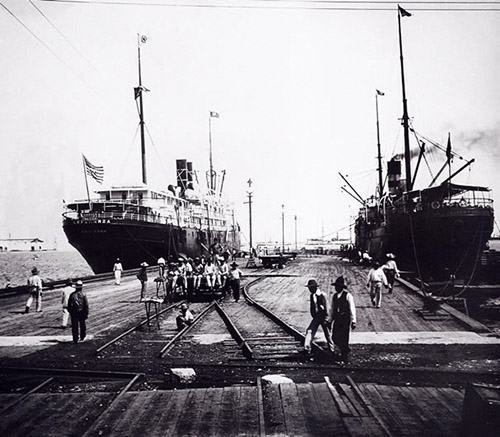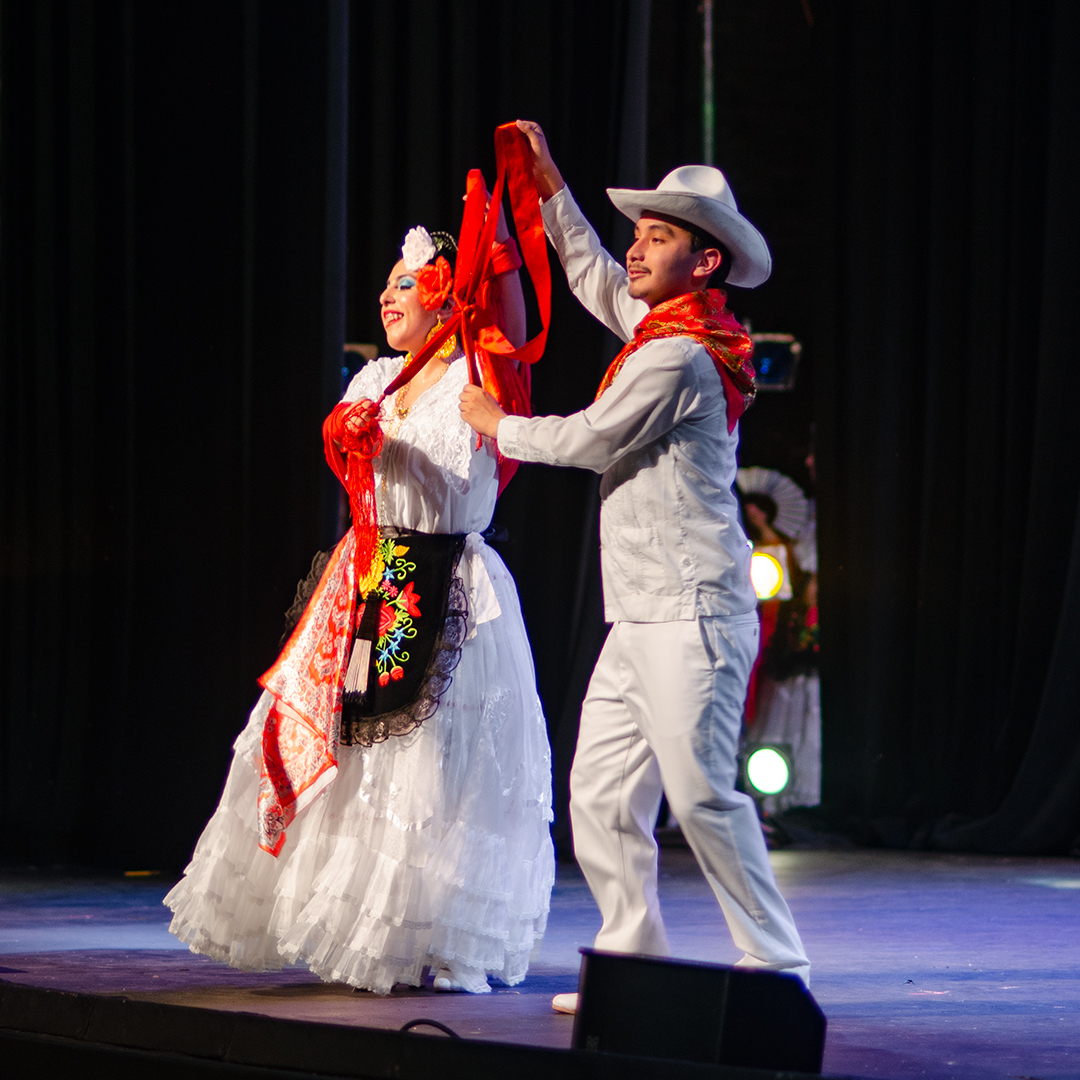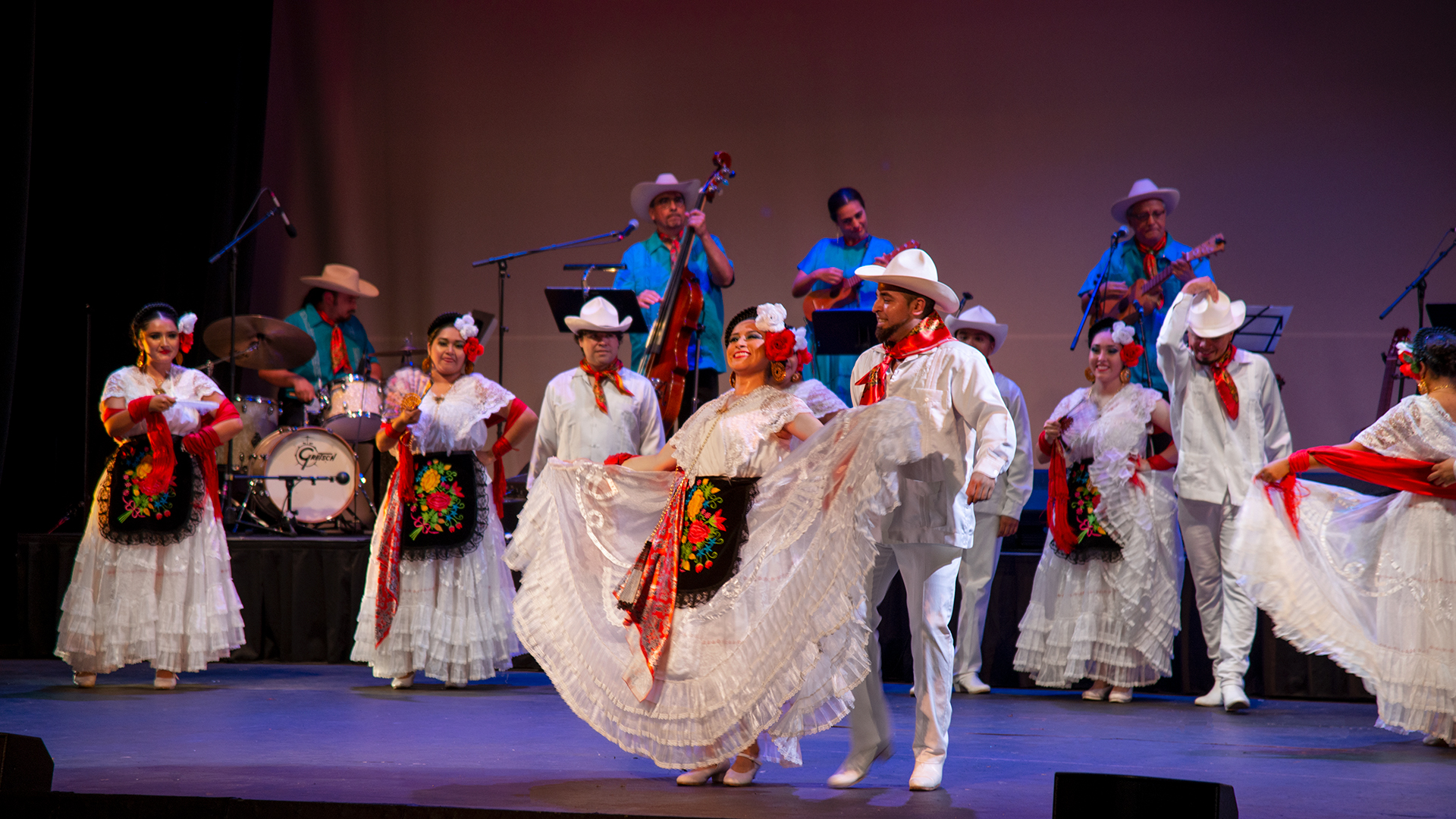Mexican Land of the True Cross
The port of Veracruz was Europe's only gateway into the Americas for more than a century. Antonio Haas the excellent award winning journalist explains in his masterpiece MEXICO (1982).
"Before long, Veracruz became Europe's door to the Orient as well. The Phillipines - the real Indies Columbus had looked for but missed - had been clearly placed on European maps since Magellan discovered them in 1521."
This reference demonstrates that long before the Panama Canal was devised, Veracruz was the forced point to cross from the Atlantic onto the Pacific.




